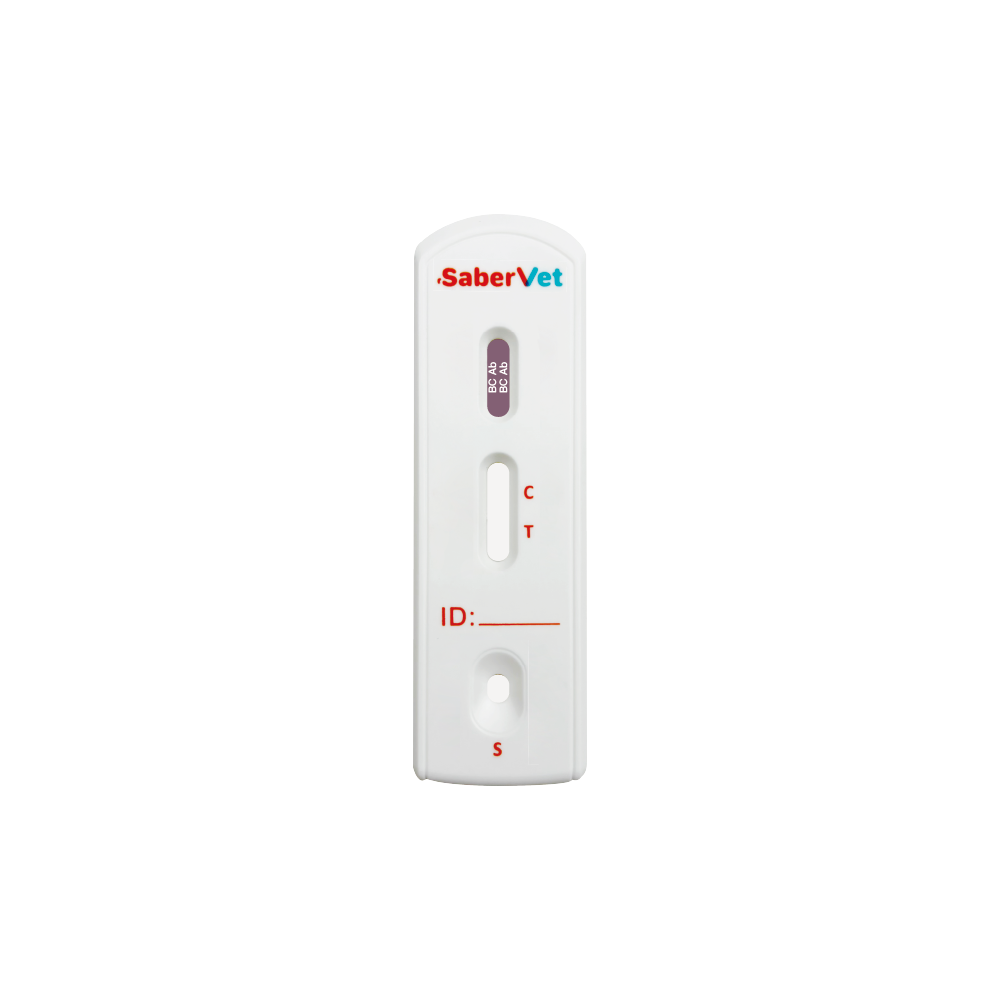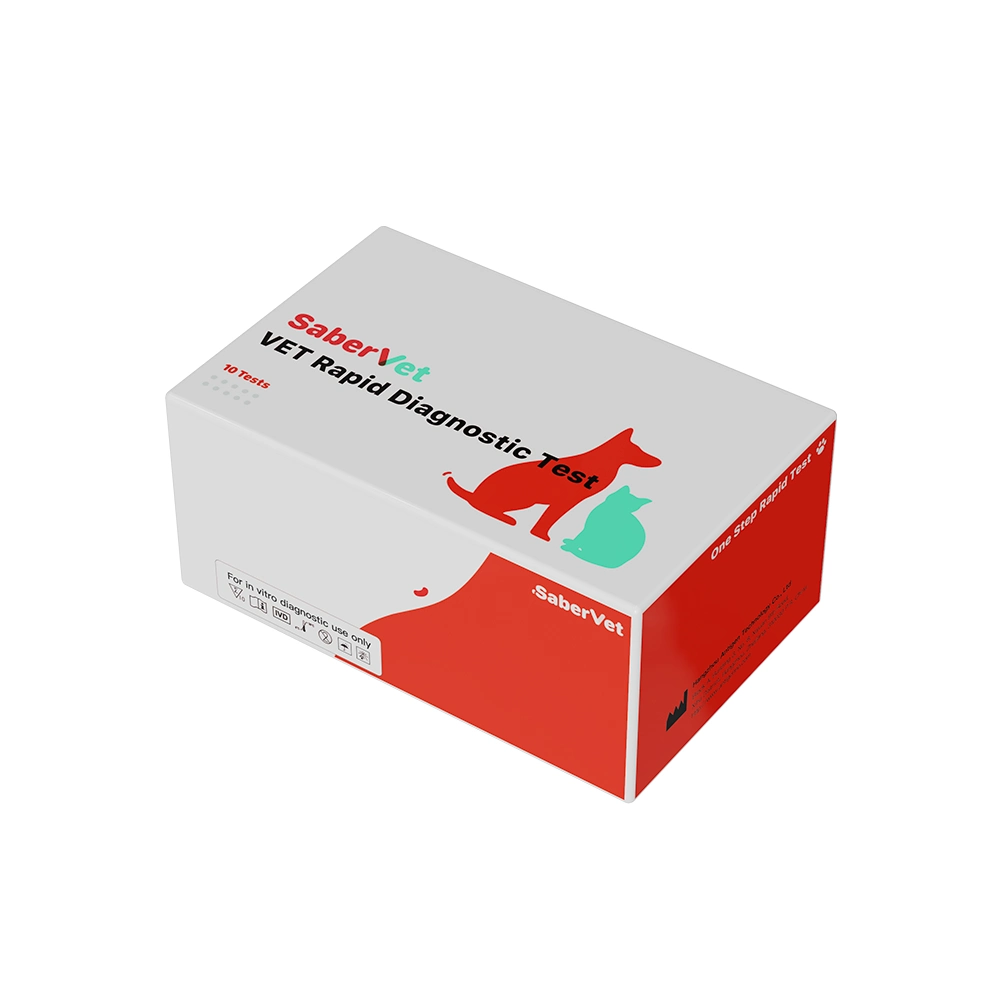Canine babesiosis, also known as canine pyoderma, is a disease caused by the parasitism of Babesia canis in the red blood cells of dogs in the genus Babesia of the family Babesiidae (Babesiidae). Babesia canis is one of the pathogens.
Morphological characteristics of the pathogen
Babesia canis is a large worm, generally 4-5 μm in length, with a typical pear-shaped body, the tips of the two worms are connected at an acute angle, and the number of worms in each erythrocyte ranges from 1 to 16. In addition, there are also amoeba-like worms, which are 2~4μm in size and contain a vacuole.
Epidemiological characteristics
The disease has a worldwide distribution, and the epidemiology of the disease is closely related to the distribution and activities of ticks. Ticks are mainly active in summer and autumn, so the disease is also susceptible in summer and autumn. In addition, Babesia canis has been isolated from a variety of wild animals, such as wolves and foxes, so wild animals may be important vectors for the epidemiology of canine babesiosis. In addition, blood transfusions from dogs may transmit the disease. Vertical transplacental transmission of certain babesiosis has also been reported.
Symptoms and pathological changes
As Babesia parasites live in the red blood cells of the animal, they can cause the red blood cells to rupture, and the affected dogs are prone to haemoglobinuria jaundice, anaemia, and most of them have high fever, and in some cases, liver and spleen enlargement, respiratory distress, and even neurological symptoms.
Disease diagnosis
Based on the clinical symptoms and epidemiological investigation of the affected dogs, Babesiosis can be initially suspected. A peripheral blood smear is collected from the affected dog and stained with Giemsa’s or Ritter’s stain, and the diagnosis can be confirmed if worms are found in the erythrocytes. In addition, IFAT and ELISA methods can also be used. For samples with a low load of worms, molecular diagnostic methods such as PCR. quantitative PCR can be used.
Disease Control
The disease can be treated by the following methods: ① Midecar (5 mgkg) subcutaneously or intramuscularly, and then injected again after 14 days; ② Triazamidine (3.5 mghkg) intramuscularly once; ③ Hydroxyethanesulfonic acid oxydiphenyl amidamide (15 mg/kg) subcutaneously and then injected again after 24h; ④ 10g Trypanosoma blue injection (10 mgkg) injected intravenously. In addition, it is necessary to do a good job of exterminating ticks in dogs and the environment to avoid dogs being bitten by ticks. When the dogs are transfused, the blood of the donor dogs should be strictly checked.
Babesiosis Canine Antibody Rapid Test
Antigenne has developed a Babesiosis Canine Antibody Rapid Test for canine blood samples, which is fast, easy to perform, and highly accurate, and can be used as an effective means for users to detect canine babesiosis.












